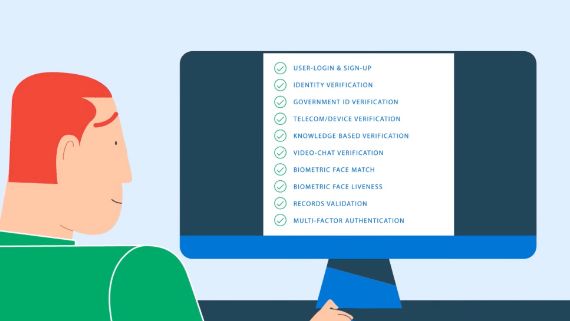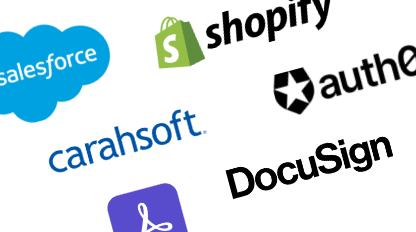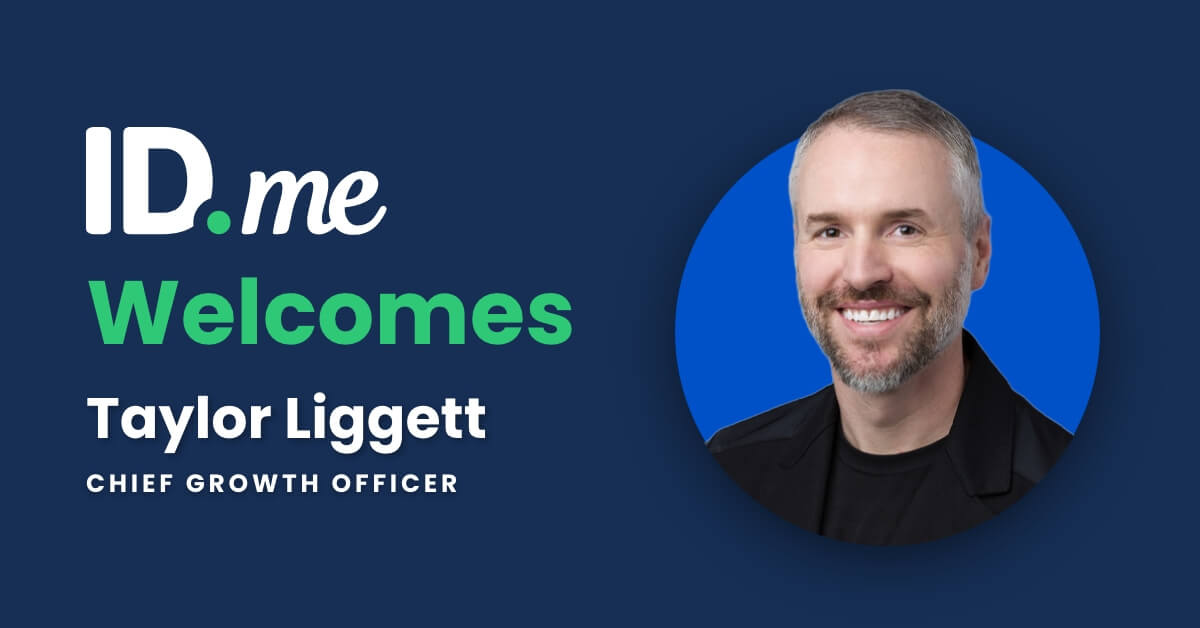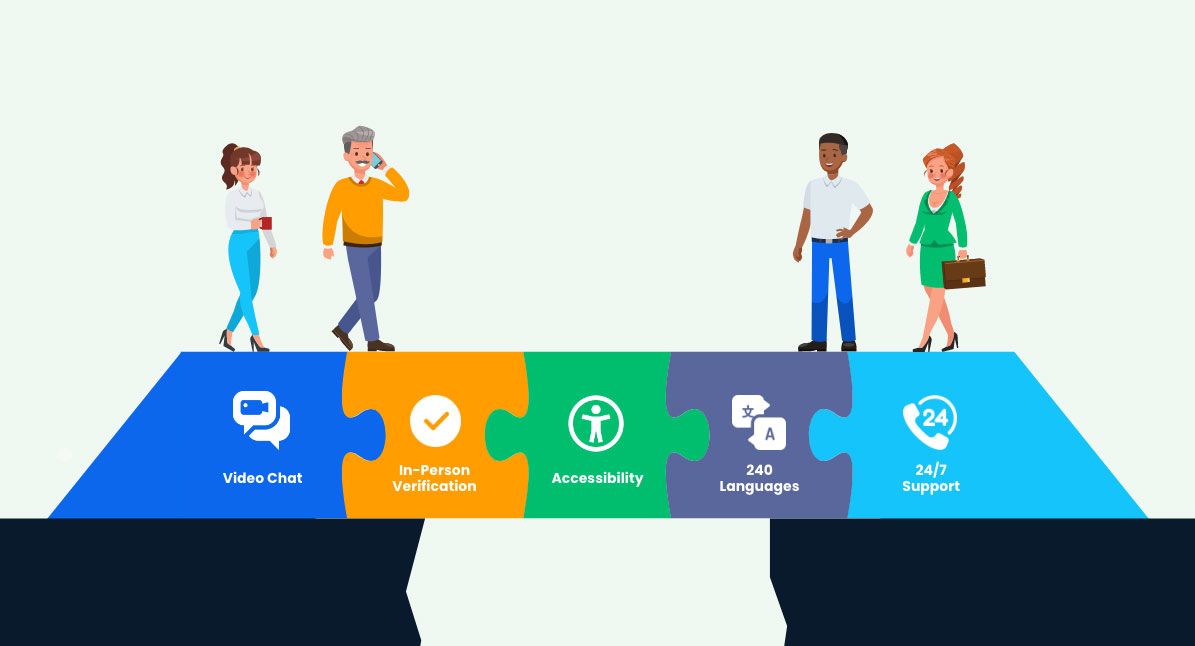By: Blake Hall, CEO of ID.me
The digital divide—“the gap between those who have access to technology, the internet, and digital literacy training and those who do not”—poses a key barrier to equity in the United States. The impacts of the digital divide are visible in almost every aspect of our daily lives, as tasks ranging from school homework to filling out government benefits forms are accomplished more easily with access to technology. One of the biggest gaps caused by the digital divide is proving your identity online. Without widespread access to secure identity verification pathways, many individuals and families have faced significant barriers to critical tools that could improve their lives.
Increasing digital equity has long been a challenge for the tech community. To support underserved communities, ID.me has championed a goal to make digital equity an integral component of our software, culture, and partnerships through our initiative, “No Identity Left Behind.”
At ID.me, we define equity as the consistent and fair treatment of all individuals, while recognizing that not everyone starts from the same place. Whether someone lives overseas after completing military service, has been impacted by a disaster like a hurricane or a wildfire, or recently lost a job, our goal is to level the playing field so digital services are accessible to more people.
We know that prioritizing equity in our verification services enables more people to participate in the digital economy, which has long-lasting benefits for everyone. Equity isn’t just at the heart of the business that we’ve built—it’s a key tool for us to strengthen the communities we serve.
Consider ID.me’s work in Puerto Rico. From 2016 until 2022, only 23.9% of Puerto Rican taxpayers were able to verify their identities at one government agency. Verification methods that are strictly dependent on online records struggle to verify individuals with a small digital footprint or lack of financial records. With ID.me, successful verification rates jumped to 78.6% —a three-fold increase. In June 2023, Puerto Rico’s Resident Commissioner to Congress credited ID.me with breaking down difficult barriers to government assistance in Puerto Rico.
This dramatic improvement in verification rates demonstrates ID.me’s commitment to inclusivity. We pioneered new methods of secure verification, like video chat, that enable us to verify individuals that credit bureaus and data brokers would otherwise leave behind. Our verification and authentication interfaces are available in 22 languages, offer support through video chat in 240 languages, and our staff that builds out these interfaces have already undergone rigorous accessibility trainings to emphasize the importance of equity in the development process.
ID.me’s wide range of verification options empowers people of all socioeconomic backgrounds to verify their identity. ID.me accepts over 9,300 different types of identity documents, allowing people with limited access to financial services to obtain their government benefits. We have expanded options even further by introducing in-person kiosks at over 700 locations, allowing more people to verify themselves, even if they lack a reliable internet connection.
At the same time, verification by ID.me does not compromise on security. We operate at the highest level of remote verification for consumers, in line with the Department of Commerce standards for digital identity verification, set by the National Institute of Standards and Technology (NIST). Our ability to achieve high pass rates at this high level of assurance demonstrates that you can deliver the customer a more seamless, low-friction experience without sacrificing security. The Washington Post reported ID.me nearly doubled the number of people able to create an IRS account—including low-income earners and minorities.
Our results speak for themselves. For too long, identity verification has relied on spotty records compiled by data brokers. That’s unfair to the 45 million “credit invisible” consumers in America who often cannot be verified through that process or the additional 19 million Americans who cannot obtain a credit score entirely. And communities of color face disproportionate harm: nearly two-thirds of unbanked households are Black and Latino.
In contrast, ID.me delivers an efficient and effective customer experience for the overwhelming majority of our users. In the first quarter of 2023, 88% of users had no wait time to verify their identity and 95% had no wait time or waited less than five minutes. Our ability to “level the playing field” for underserved populations extends beyond Puerto Rico. Internal analysis shows other demographics see similar tripled increases in pass rates when compared to legacy algorithm-only methods used by credit bureaus and data brokers.
ID.me built an Equity Analytics Engine that demonstrates how our platform performs in the aggregate across different demographic factors, such as race/ethnicity, age, education, income, and computer usage. This Engine can help government agencies anticipate friction points when launching services and create mitigation plans to maximize the reach of those services.
As we continue expanding our services, digital equity will remain a key component of ID.me’s development process and mission. We are proud of the work that we’ve accomplished in Puerto Rico and beyond. And we will use all of our tools to help close the digital divide.




